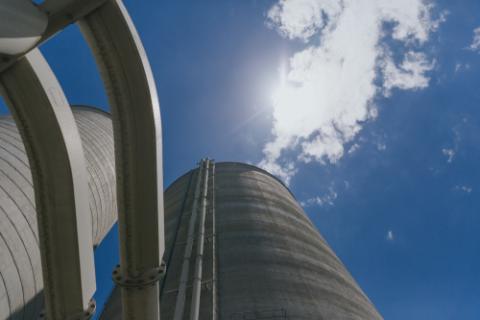Cement Australia has taken significant steps toward reducing its carbon emissions. In response to increasing environmental concerns, regulatory requirements and the global demand for sustainable practices, the company has launched a range of measures aimed at achieving net zero emissions by 2050.
These measures include Carbon Capture and Storage (CCS) from cement manufacturing. This is a process designed to reduce the significant carbon dioxide (CO₂) emissions produced during cement production. CA is currently Investigating Carbon Capture and Storage methods for its operations.
Alongside these measures, Cement Australia is also developing projects focused on lowering manufacturing-related emissions.
Alternative Fuel Replacement (AFR): Substitution of conventional fossil fuels (like coal, oil, and natural gas) with alternative or renewable fuel sources including Biofuels (e.g., ethanol, biodiesel) Electricity (from renewable sources) and Waste-derived fuels (e.g. from industrial waste).
Supplementary Cementitious Materials (SCMs) are materials that, when used in combination with Portland cement, enhance the properties of concrete. Types of SCMs include Fly Ash (from coal combustion) Slag Cement (ground granulated blast-furnace slag).
Energy Management: Implement energy-efficient technologies and practices across our operations.
Waste Reduction: implement waste programs, including recycling initiatives, increasing recycled content and reducing disposable materials.
Transportation and Logistics: Reduce carbon emissions from transport by changing transport modes and optimising logistics.
